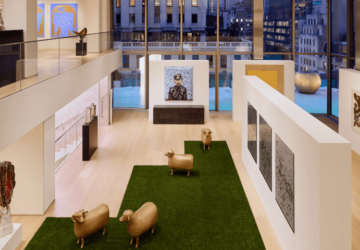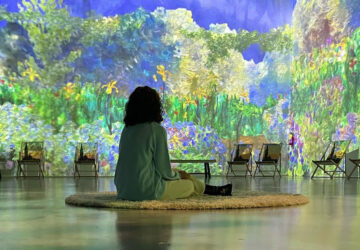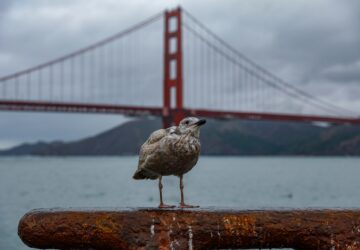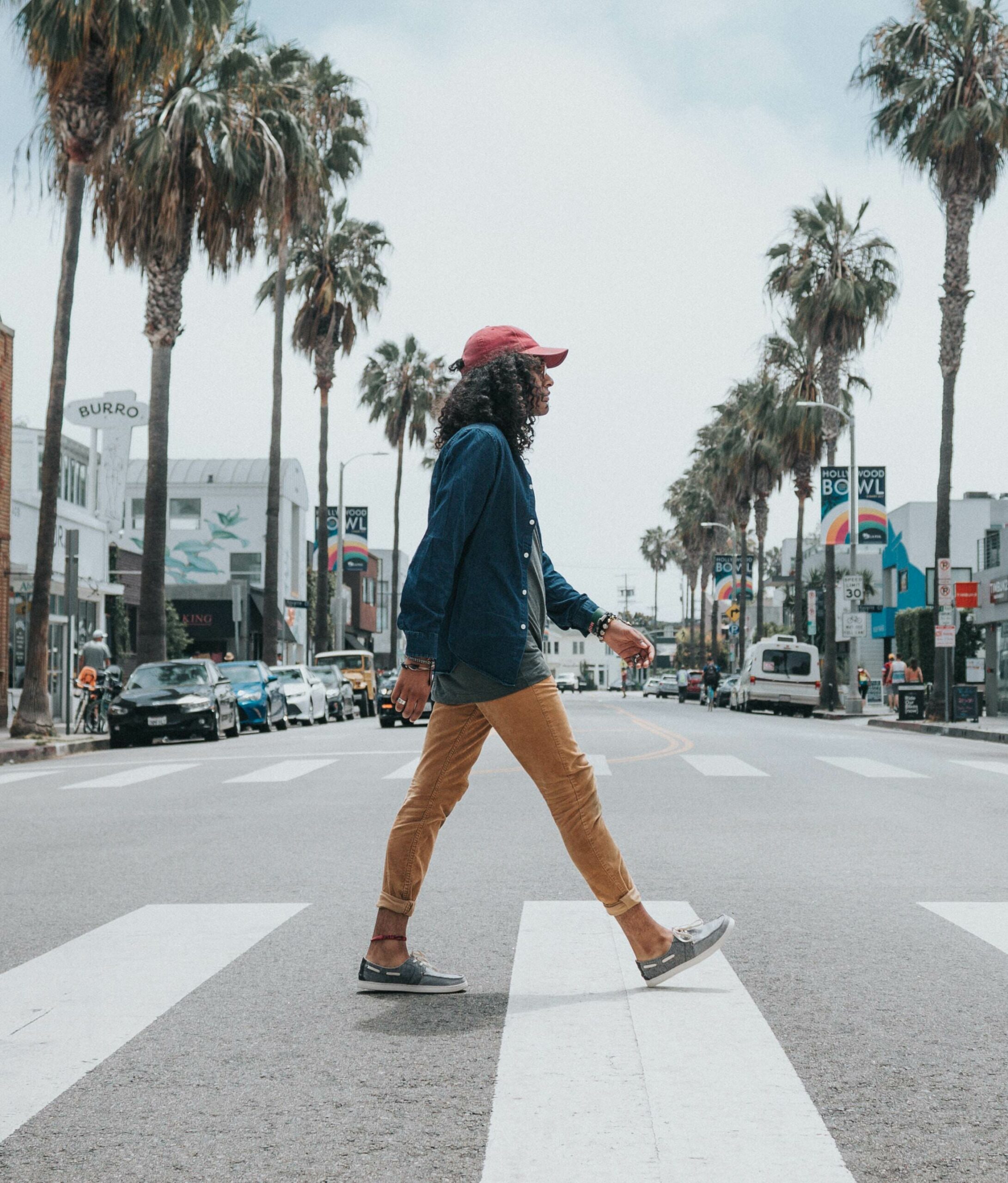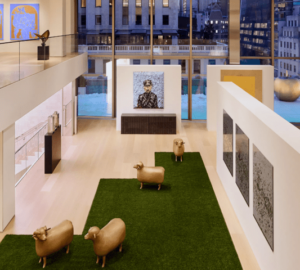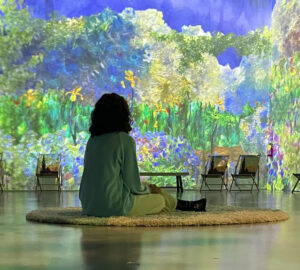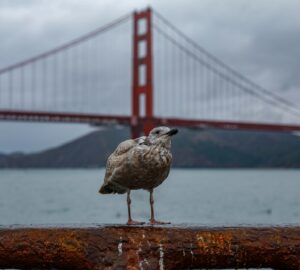1. Watts Towers
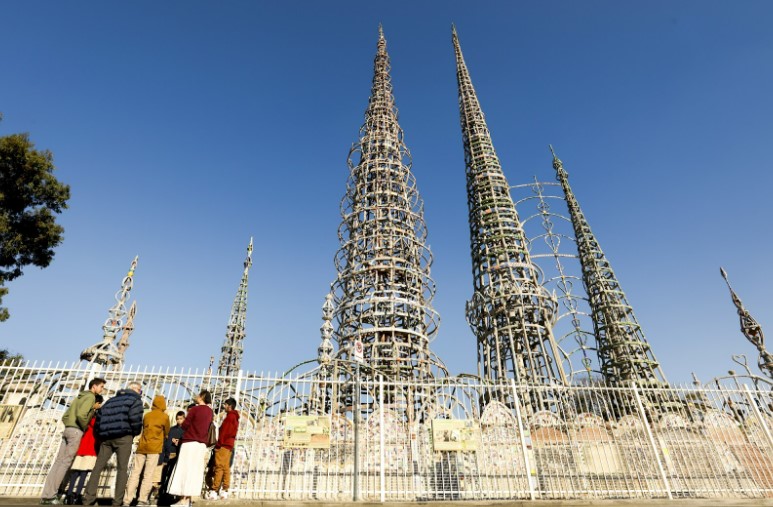
Simon Rodia, an Italian immigrant and construction worker, created the Watt Towers, an outstanding work of outsider art.
Rodia built these unusual openwork towers using only his hands between 1921 and 1954, with no pattern in mind. He decorated them with ceramic tiles, bottles, mirrors, and figurines. Rodia had had a very tough life, therefore the endeavor is supposed to be an effort of atonement.
The Beatles included Rodia among the numerous faces on the cover of Lonely Hearts Club Band, while Charles Mingus grew up near the towers and related their improvisational style to his own work.
The Watts Towers are now on the National Register of Historic Places and a National Historic Landmark. They were designated as a State Historical Monument in 1954 and declared a National Historic Landmark in 1990.
Insider tip: The best time to visit is on Sundays when there is live music and dance performances.
2. Los Angeles County Museum of Art (LACMA)
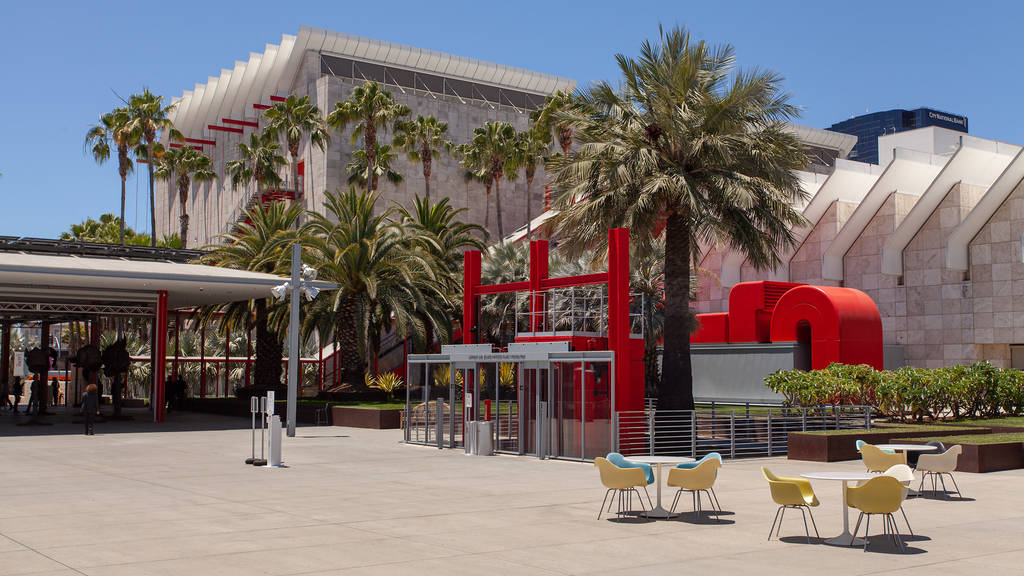
Los Angeles County Museum of Art (LACMA) is the largest art museum in the western United States, with a collection that includes nearly 130,000 objects dating from antiquity to the present. The museum’s extensive holdings of Asian art include important works from China, Japan, Korea, and Southeast Asia. The Islamic art gallery has one of the largest collections of Islamic art in the world.
LACMA is located on Wilshire Boulevard in the Miracle Mile district of Los Angeles. It is adjacent to the La Brea Tar Pits, which are famous for their fossilized remains of Saber-toothed cats and other animals that lived in the area during the last Ice Age.
The collections are mind-bogglingly large, spanning the globe and dating from ancient times to the present. There are inventory of Greek, Roman, and Etruscan art, American and Latin American art, modern and contemporary art, Islamic art, Asian art, decorative arts, photography, and video, as well as eye-catching permanent art projects, to give just a few examples.
Insider tip: With so much to see, it’s best to focus your visit on a specific section or collection that interests you. Also, be sure to check the schedule for docent-led tours, which are offered daily and provide an in-depth look at select pieces in the collection.
3. Getty Villa

The Getty Villa is a recreation of the ancient Roman villa at Herculaneum on a site adjacent to the Getty Center in Los Angeles. The villa houses the Getty’s collection of 54,000 Greek, Roman, and Etruscan antiquities, dating from prehistory to the early Byzantine era.
The structure, which was finished in 1974, serves as a center for scholarly research and houses the Getty Research Institute, the Getty Conservation Institute, and the J. Paul Getty Museum’s Department of Antiquities.
The Getty Villa is located in the Pacific Palisades neighborhood of Los Angeles, just off the Pacific Coast Highway. Visitors can take a free tram from the parking lot to the Getty Center.
Insider tip: To get the most out of your visit, join one of the free docent-led tours, which are offered daily.
4. Venice Beach Boardwalk
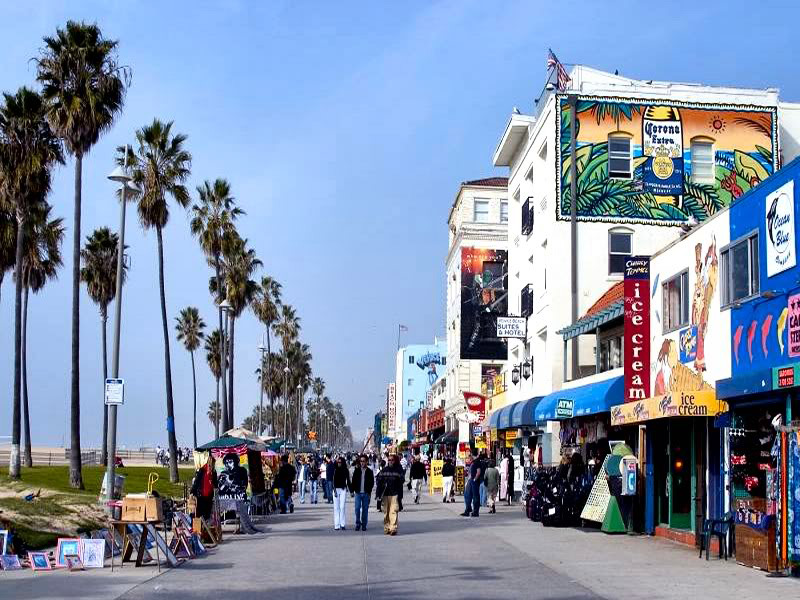
Venice, a world-famous beach resort and quirky neighborhood, is Los Angeles at its most cosmopolitan and autonomous.
Despite gentrification, the 2.5-mile Venice Beach Boardwalk is still teeming with tattoo parlors, cannabis stores, foreign food, innumerable street vendors, and a large cast of street performers, and is still prowled by colorful characters.
The skate plaza and Venice Muscle Beach are two internationally recognized landmarks, as is the sinuous Strand track, which runs along the edge of the enormous sandy beach and attracts a steady stream of cyclists and skaters.
Look for the ancient arcaded buildings, which date from the early twentieth century, when tobacco billionaire Abbot Kinney developed his own version of Venice in the United States.
Insider tip: To get away from the crowds, walk north along the beach to where it meets Santa Monica. Then turn left and follow the coastline towards Malibu. After a few miles, you’ll find yourself in one of Venice’s quieter residential areas.
5. Venice Canals
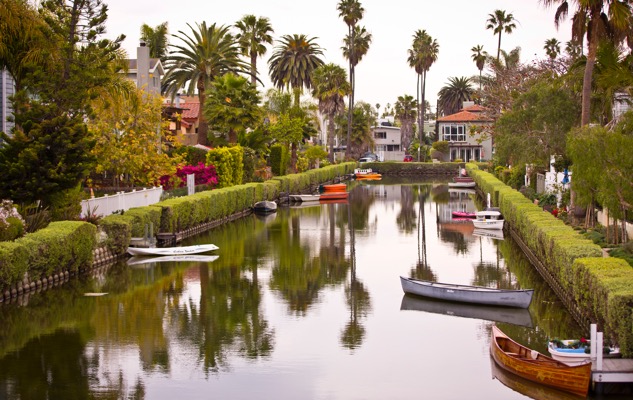
The Venice Canals are a network of man-made canals in the Venice neighborhood of Los Angeles, California. The canals were created in 1905 by developer Abbot Kinney as part of his “Venice of America” vision.
In the 1990s, the canals were ultimately revitalized, resulting in a highly popular and pedestrian-friendly residential neighborhood that is around a fourth of the original development’s size.
The Venice Canals are located in the Venice neighborhood of Los Angeles, just south of Santa Monica. The canals are accessible via a number of public walkways and bridges.
In the summer, calm waterside strolls, crossing quaint small footbridges, and spotting ducklings in the river are all just a short distance from Venice Beach.
Insider tip: The Venice Canals are best explored on foot or by bicycle. To rent a bicycle, head to one of the many bike shops in Venice.
6. California Science Center

The California Science Center is a state agency and museum located in Exposition Park, Los Angeles. The Science Center is dedicated to the collection, preservation, exhibition, and interpretation of scientific and technological artifacts and information.
The Science Center houses the Space Shuttle Endeavour, as well as many other interactive science exhibits. The Space Shuttle Endeavour is one of several interactive exhibits at a museum that includes ecosystems, world-changing innovations, air and space, how our organs and cells operate, and a Lockheed SR-71 Blackbird outdoors.
Another fun fact about the Space Shuttle Endeavour is that it flew 25 NASA flights between 1992 and 2011, and traveled through Los Angeles streets from LAX to the California Science Center in October 2012.
The California Science Center also houses the IMAX theater and it is one of the largest in the world. The IMAX theater features a screen that is eight stories high and 120 feet wide.
The California Science Center is located in Exposition Park, which is just south of downtown Los Angeles. The Science Center is accessible via the Metro Expo Line light rail service.
Insider Tip: The California Science Center is open daily, except on Christmas Day. Admission to the Science Center and all permanent exhibitions is free.
Featured Image Credit: Unsplash
